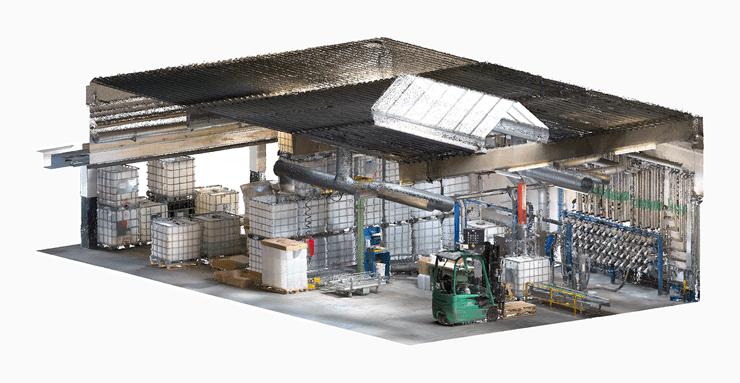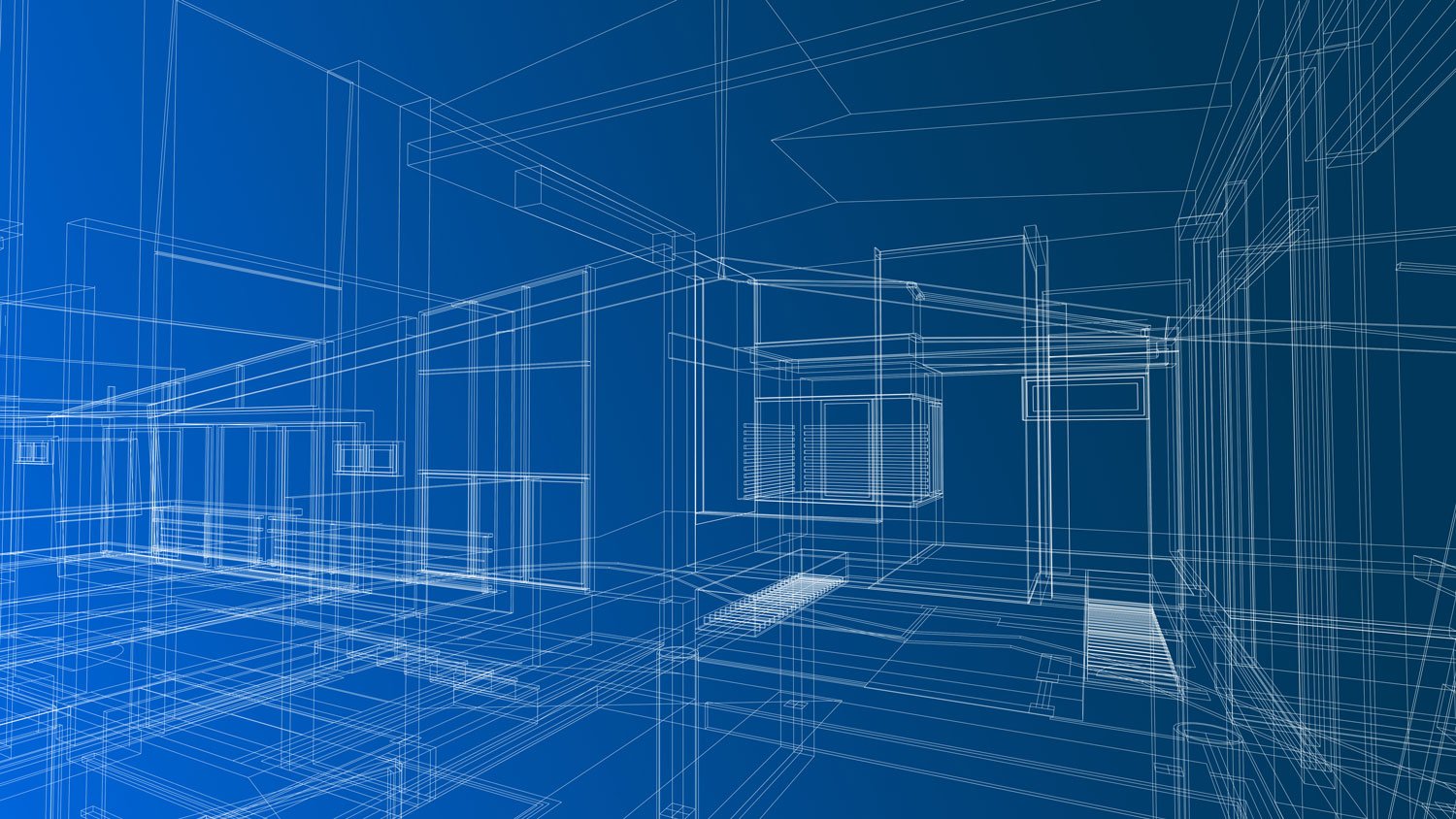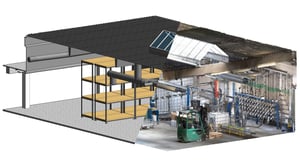What is as-built documentation? As-built documentation is a drawing or a 3D data set that depicts the building as it was actually built.
An as-built data set includes all modifications, additions, and other changes made during the construction process. It will also include the exact dimensions and surveyed locations of all building elements, including the facade, features such as doors and windows, and building systems like pipes, ducts, and cables.
Why is as-built documentation necessary?
The finished structure never matches the design model perfectly.
This happens due to a combination of real-world challenges like budget changes, scheduling squeezes, and the “surprises” that require re-designs and re-work. Even the smoothest building process—and the most advanced BIM or VDC methodology—will produce a building that differs from the original design.
What is as-built documentation used for?
As-built documentation has many applications for your AEC clients, including:
- General contractors, who need up-to-date records to demonstrate that they have produced the contracted work to the specified standards
- Owners and facility managers, who need access to all the building’s historical data—from original design up to its current state—for detailed maintenance, operational tasks, and sometimes advanced simulation
- Companies that work on the building in the future, for instance, contractors, who need correct measurements and schematics in order to perform renovations or improvements

Why should laser-scanning professionals (LSPs) care?
Laser scanning professionals are in an ideal position to help improve the as-built documentation process. This makes as-built documentation a potentially lucrative market for experienced and reliable LSPs.
Here’s a little history to explain in more depth.
Contractors have long produced as-built documentation by red-lining drawings during the construction process to indicate changes. They supplement this notation with professional surveys, as needed, to ensure that the drawings are accurate. At the end of the building process, they will typically hand these 2D drawings to the architect, who finalizes the as-built drawings for delivery to the client.
The challenge is that construction work is complex, and contractors are often overworked just trying to get the building constructed. Unfortunately, as-built documentation can sometimes fall by the wayside. Modifications can go un-notated or, be notated at an insufficient level of detail and accuracy to meet the project requirements.
Here’s where LSPs come in: 3D scanning technology can capture comprehensive, accurate, and detailed 3D data and hi-res imagery. That makes it ideal for documenting the state of the building after construction and producing an as-built data set that is comprehensive, accurate, and easy to understand.
What are the most common as-built deliverables?
Globally, the most common deliverable for as-built documentation is the 2D CAD drawing.
But that has begun to change as a growing number of AEC projects are moving to BIM methodologies, which rely on intelligent 3D models and common data environments rather than individual drawings. Government mandates will only serve to accelerate the transition, and increase the demand for qualified LSPs to produce 3D documentation.

What’s the difference between a CAD drawing and a BIM model for as-built documentation?
CAD, which stands for computer aided design, is a technology intended for the creation of technical drawings. A CAD as-built file—for instance, a floor plan—represents accurate dimensions as a line drawing. That means it is “dumb,” and contains no extra information about the relationships between the lines, or any objects they represent.
A BIM model, on the other hand, is made up of virtual objects representing building elements. It also connects those elements to a database containing pertinent functional information. When viewing an as-built BIM model, you could select a duct with a single click, and see a variety of information like model number, installation date, the system it connects to, and any other data that might be important to a stakeholder.
In short, an as-built BIM model includes significantly more data about the building, and this means it offers more value for a variety of project stakeholders. For more information about BIM models, and what they can do for your clients, see our guide on to scan-to-BIM here.
So, how do I produce an as-built?
For more information about how to use mobile mapping for the production of both 2D CAD drawings and as-built documentation, refer to NavVis’ guide here.
If your client asks for 3D BIM models for their as-built capture, check out our in-depth guide to scan-to-BIM workflows. It includes information related to project planning, accuracy requirements, tool selection, customer communication, modeling, and delivery.
Sean Higgins is an independent technology writer, former trade publication editor, and outdoors enthusiast. He believes that clear, buzzword-free writing about 3D technologies is a public service.

